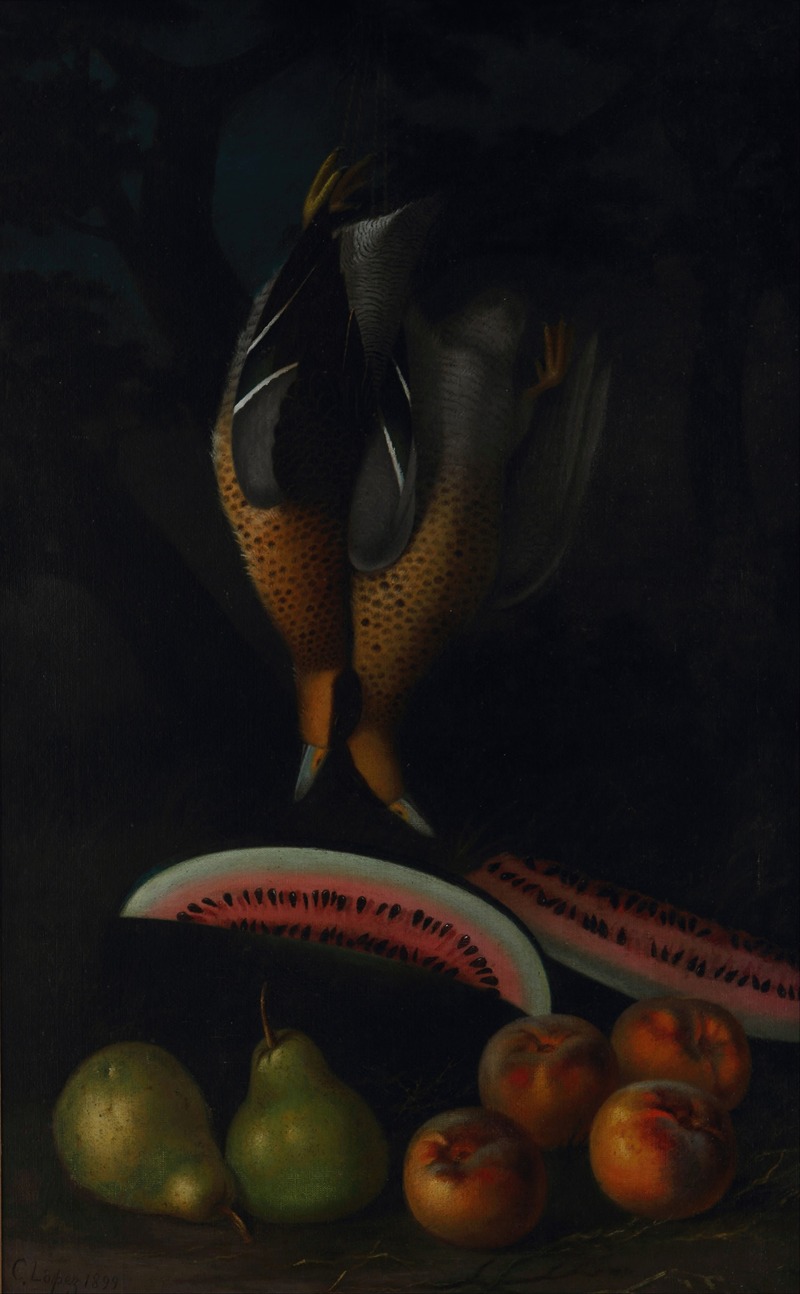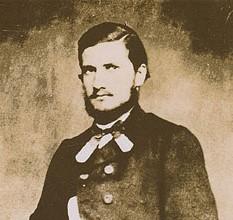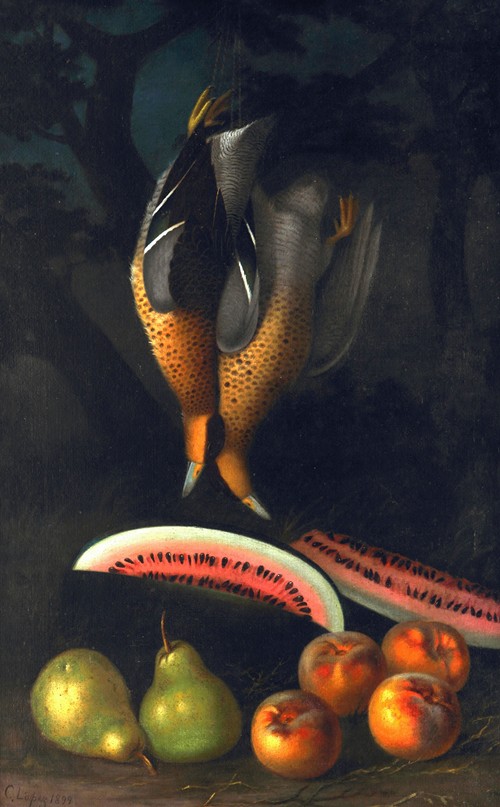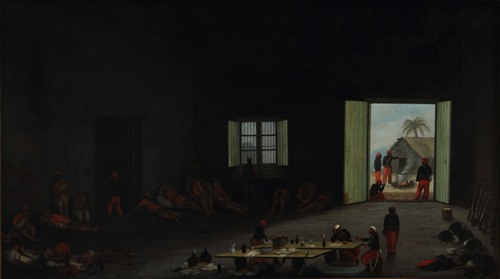

Cándido López was an Argentinian soldier and painter, who worked in the Naïve style. He is best known for historical scenes from the Paraguayan War.
He began his career as a daguerreotypist in 1858, having studied with Carlos Descalzi (1813–1879), a local portrait painter and photographer. This early process required precise planning for the composition of the image, so he began making sketches as an aid. Soon, this led him to take up painting as well.
Between 1859 and 1863, he often toured the small cities and villages of Buenos Aires Province and the south of Santa Fe Province, taking a large number of photographs. From 1860, he maintained a permanent studio in the suburb of Mercedes. Two years later, he would be commissioned to do a portrait of newly elected President Bartolomé Mitre. Later, he moved further into the country, to San Nicolás de los Arroyos.
In 1863, he became friends with the Italian muralist Ignacio Manzoni, who advised him to work on his use of color and perspective and introduced him to Baldassare Verazzi, another Italian painter living in Argentina, with whom he took lessons. He was planning to continue his studies in Europe when the Paraguayan War began, so he enlisted and was given the rank of Second Lieutenant because he could read and write. He was assigned to the battalion of the San Nicolás Infantry, in the Division of General Wenceslao Paunero.
During his free time between battles, he painted landscapes and pictures of the military camps, which he sent to Buenos Aires. They proved to be very popular, as people were interested in everything related to the front. Later, he participated in the battles of Estero Bellaco and Boquerón. At the Battle of Curupayty, his right wrist was shattered by a grenade explosion and his arm had to amputated above the elbow to prevent the spread of gangrene. He was retired as an invalid and, after a convalescence in Corrientes, he returned to San Nicolás.
Once there, he began to practice painting with his left hand, but it was not until 1869 that he considered himself adept enough to continue his career. At that point, he devoted himself entirely to painting scenes of battles and military encampments. Later, at various times, he lived in San Antonio de Areco and Merlo.
He later married and lived in a house in Carmen de Areco, owned by his wife's family. From 1888 to 1902, López was busily involved in creating works based on sketches he had made during his tour of duty.
His final years were spent at a farm he was renting in Baradero. He was given a military burial with honors in La Recoleta Cemetery.














